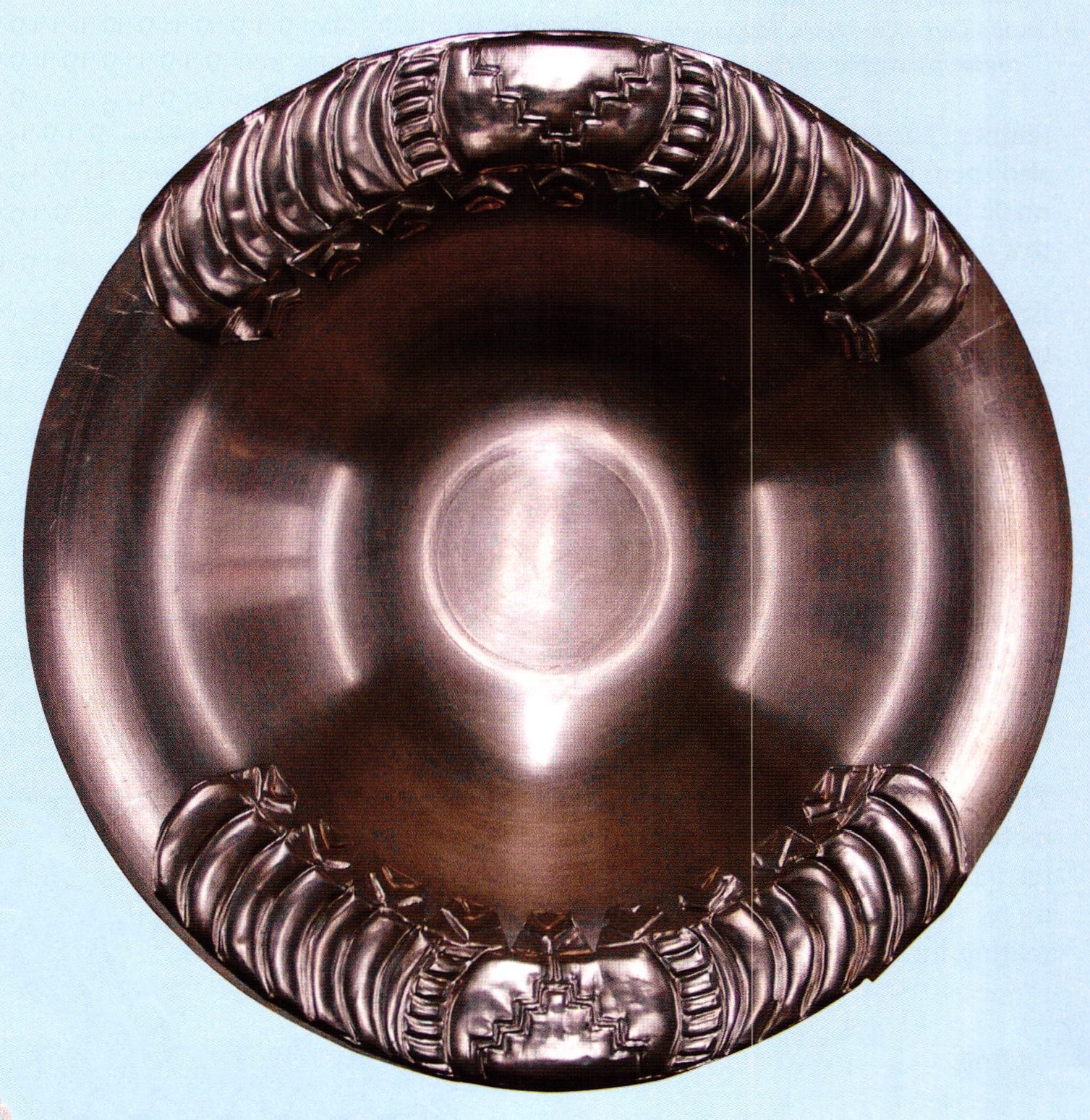How to Make a Bas Relief Bowl
6 Minute Read
This article, written by Dottie Wood, shares photos and step by step procedure on how to make a bas relief bowl. Read on for more details.
I borrowed a kiln which had a controller that I could not figure out how to change the settings, which was for a burnout at 1350″F, so I winged it and went by the color of the coils in the kiln. The Bas Relief attachments came out perfectly the way I wanted with lots of oxides, however, the bowl required 4 firings (front and back - 2 times each), and I burned out my oxides which were beautiful in the first firing, but went away in the second firing of the bowl front.
I then realized when I attached the Bas Relief, I would need to crank up the heat and burn out the oxides on those, which subsequently left my edges burned black. I personally don't mind that, but for the purpose of publication or selling, I will file it down in the future.
I also wet packed too much around foldover tabs. This is sure a learning process. And, as before, the LCE-2 pushed down onto the bowl from underneath the tabs. May have to change my thinking on LCE-2, or not use as much. However, I can use it only when I want the shadow effect. Options - This is fun.
This is actually the second bowl I started, because I put too much LCE-2 on the back of the first bowl and got hills and valleys, white and clear, plus the front side was the wrong color for this project. I will stone the backside down and decide what I want to do with it after that. I love the color of the top (2430), but too green. I'll finish it next, but thinking about Bas Relief area color right now. The finished bowl I am submitting to you as Bowl #2 is too monotone.
Fourth bowl, I may leave kiln on 1350 degrees F as programmed and see how well I get my oxides I love.
Fifth bowl, I will use raspberries and aquas or something. Mix it up.
Having done chasing and reposse for a semester in school, and exposed to Maria Perez's workshop, I didn't really think I would work this way again. Having taken the Bill Helwig Workshop on Basse Taille and the Wet Out techniques two years before, I was looking to learn bench tricks, however, these last two larger scale workshops have really turned me on to working large, rather than with jewelry all the time.
I can't tell Bill enough about how much I appreciate his talent or willingness to teach with patience I know and patience in the same breath is an oxymoron. Or at least, I used to think that. Now I realize that he has a great deal of patience considering his talent.
It is at his request that these notes and photos are presented.
You assume all responsibility and risk for the use of the safety resources available on or through this web page. The International Gem Society LLC does not assume any liability for the materials, information and opinions provided on, or available through, this web page. No advice or information provided by this website shall create any warranty. Reliance on such advice, information or the content of this web page is solely at your own risk, including without limitation any safety guidelines, resources or precautions, or any other information related to safety that may be available on or through this web page. The International Gem Society LLC disclaims any liability for injury, death or damages resulting from the use thereof.
The All-In-One Jewelry Making Solution At Your Fingertips
When you join the Ganoksin community, you get the tools you need to take your work to the next level.
Trusted Jewelry Making Information & Techniques
Sign up to receive the latest articles, techniques, and inspirations with our free newsletter.
